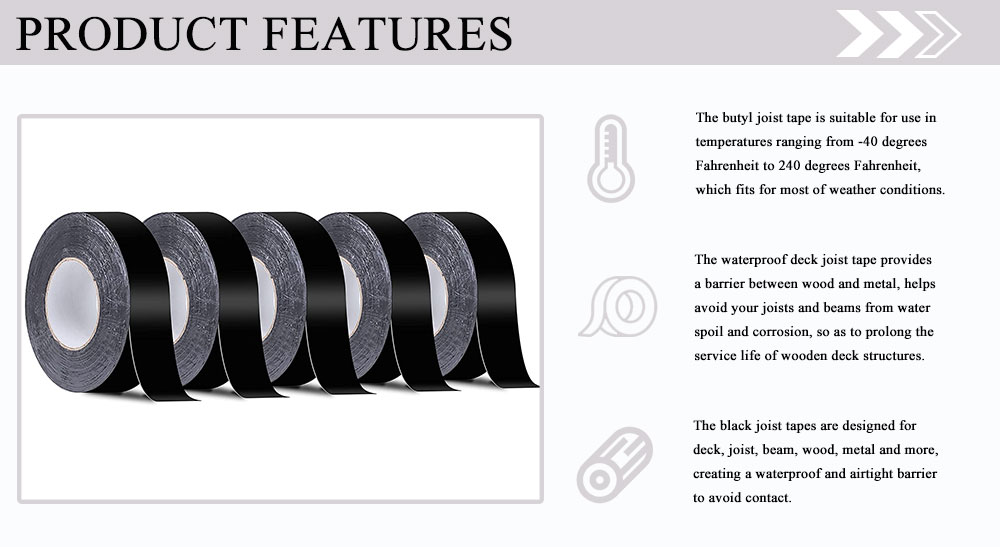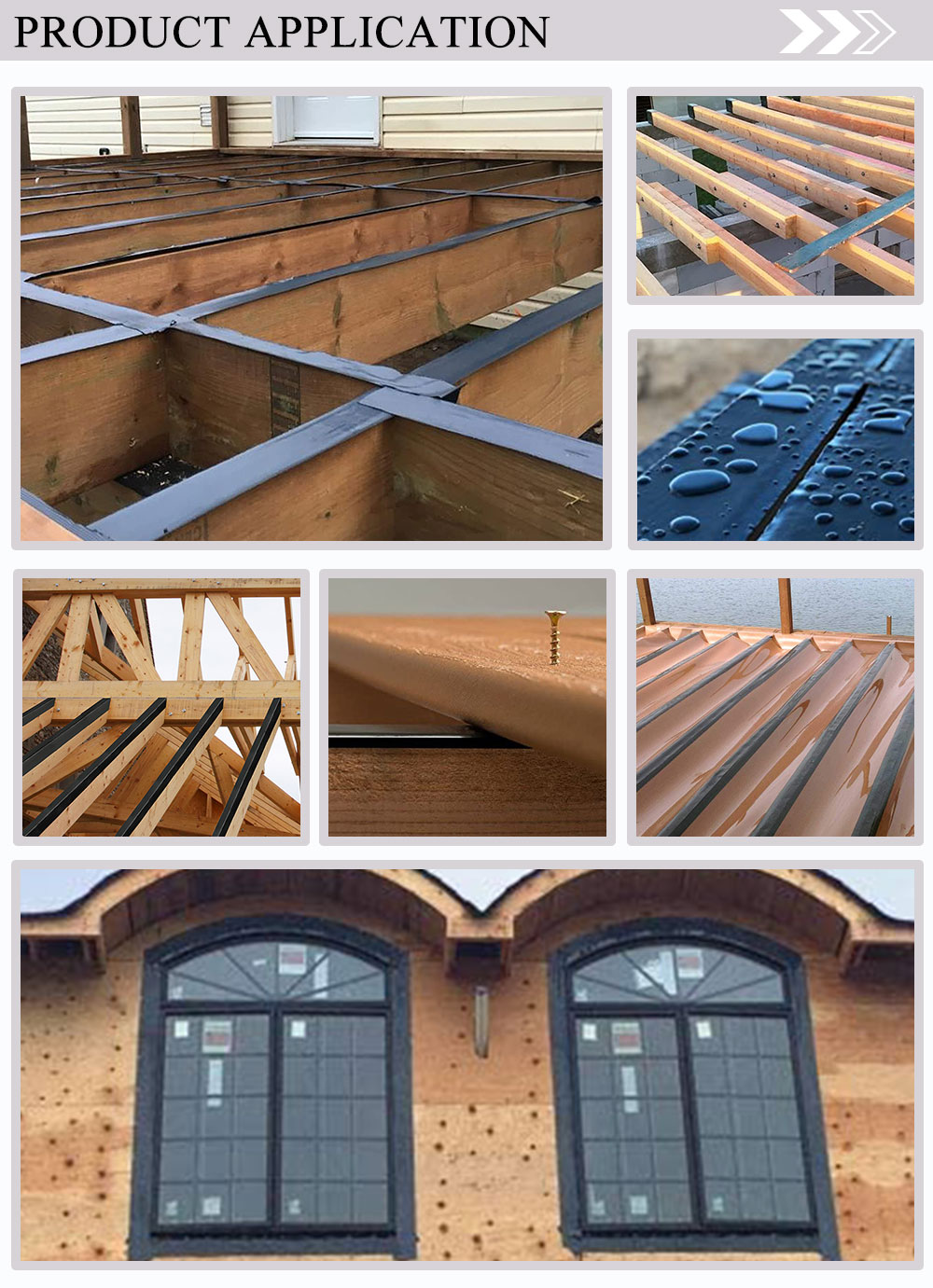1. Basic structure
Generally, the ball valve for natural gas pipeline is mainly composed of a valve body, a valve seat, a ball body, a valve stem and a transmission device. The main function of the ball valve is to open and close the passage of the fluid in the pipe. The ball valve realizes the opening and closing function by rotating the ball by 90° through the transmission.
Commonly used natural gas pipeline ball valves mainly have two types: floating ball structure and fixed ball structure. 1 The ball of the floating ball valve can be floated. Under the action of natural gas pressure, the ball will be pressed tightly to the sealing ring on the outlet side. This will form a single seal, and the sealing of the valve seat before the valve cannot be guaranteed. The ball valve of this structure is characterized by simple structure and good single-side sealing performance, but the sealing surface bears a large pressure, so the opening and closing torque is large. 2 The ball of the fixed structure ball valve has upper and lower rotating shafts, and the lower rotating shaft is fixed on the bearing of the lower part of the valve body, and the upper part is connected with the valve stem. The ball can rotate along an axis perpendicular to the valve passage, and the ball cannot move laterally like a floating structural ball valve. Therefore, when the fixed ball valve is working, the pressure of the fluid before the valve is transmitted only to the bearing and the valve stem, and does not cause pressure on the valve seat, so the fixed ball valve has small torque, small deformation of the valve seat, stable sealing performance and long service life. The seat of the fixed ball valve is floating, and the floating seat is pressed against the ball by the pressure of the spring behind the seat and the pressure of the natural gas to achieve sealing.
2. Ball valve seat structure
The commonly used ball valves of domestic natural gas pipelines include CAMERON ball valves, GROVE ball valves, Shanghai James Leilas ball valves, Zigong ball valves, etc. The common seat structure of Zui has the following forms.
(1) ordinary seat
Ordinary valve seats are generally used on ball valves with a diameter equal to less than 200 mm floating seat [1]. Ordinary valve seat is mainly under the action of pre-tightening force or fluid pressure, the valve seat is pressed against the ball, and the valve seat material is plastically deformed to achieve sealing. The sealing effect depends on the valve seat under the action of fluid or pre-tightening. Under the action of force, it can compensate the degree of ball out-of-roundness and surface micro-levelness. The valve seat has a simple structure, is convenient to manufacture and manufacture, and is widely used.
(2) Elastic valve seat
The elastic valve seat is relatively more in the form, but the coil spring valve seat and the disc spring valve seat are commonly used on the natural gas pipeline. Both valve seats are the spring force of the spring and the pressure of the fluid pushes the valve seat toward the ball. Reach the seal. These two valve seats have good two-way sealing ability and good elastic compensation ability, but for the coil spring group valve seat, the rigidity of each spring is difficult to be consistent, so that the valve seat is unevenly affected, affecting The sealing performance of the valve. In contrast, the disc spring has a simple and compact structure, is easy to process, and has a uniform force. Therefore, the application is quite extensive.
(3) Rotating valve seat
Before the ball valve is opened or closed, a narrow channel with a crescent shape is formed between the ball and the valve seat, so that the natural gas is throttled and has a high-speed turbulent flow state, which often causes the valve seat to be eroded to cause internal leakage. The main feature of the rotary valve seat is that the valve seat can rotate along the axis of the channel during the opening and closing process. The valve seat can be rotated by the switch valve, which can evenly wear the valve seat in the circumferential direction, improve the working condition and prolong the service life. .
Source http://
Joist Tape Deck Flashing Tape Butyl Joist Tape for Decking
The Joist Tape is a malleable polyethylene waterproof wood flashing and material, using a rubberized asphalt mastic adhesive. Rot is caused by moisture that stays in contact with treated and untreated lumber deck framing and the above decking material. Wood decay can also occur when deck screws penetrate the deck boards, piercing the joist sub-framing below. The deck joist tape is easily apply to decking joists, around deck support posts and over ledger boards, which creates a waterproof seal that helps stop decay and wood rot.
The joist tape for decking as a barrier, it can reduce moisture damage to crossbeams. The joist butyl tape is used in temperatures range of -20°F to 176°F, it protects and maximizes the life of your new deck and creates a waterproof membrane that prevents wood rot caused by moisture.
Product Name
Material
high-density polyethylene (HDPE)
Adhesive
Pressure Sensitive
PE Film
White, other colors can be customized
Butyl Rubber
white, other colors can be customized
Application
Butyl Joist Tape
Providing corrosion protection
How To Use The Joist Tape for Decking
The joist tape for decking is easy to install just in seconds. Clean the adherend surface, cut the appropriate length as needed, peel off the protected film, and carefully press the tape against target area. Mistakes are easily rectified within the first few minutes of installation.


Joist Tape,Deck Joist Tape,Joist Tape for Decking,Joist Tape for Decks,Butyl Joist Tape
Kunshan Jieyudeng Intelligent Technology Co., Ltd. , https://www.jerrytapes.com